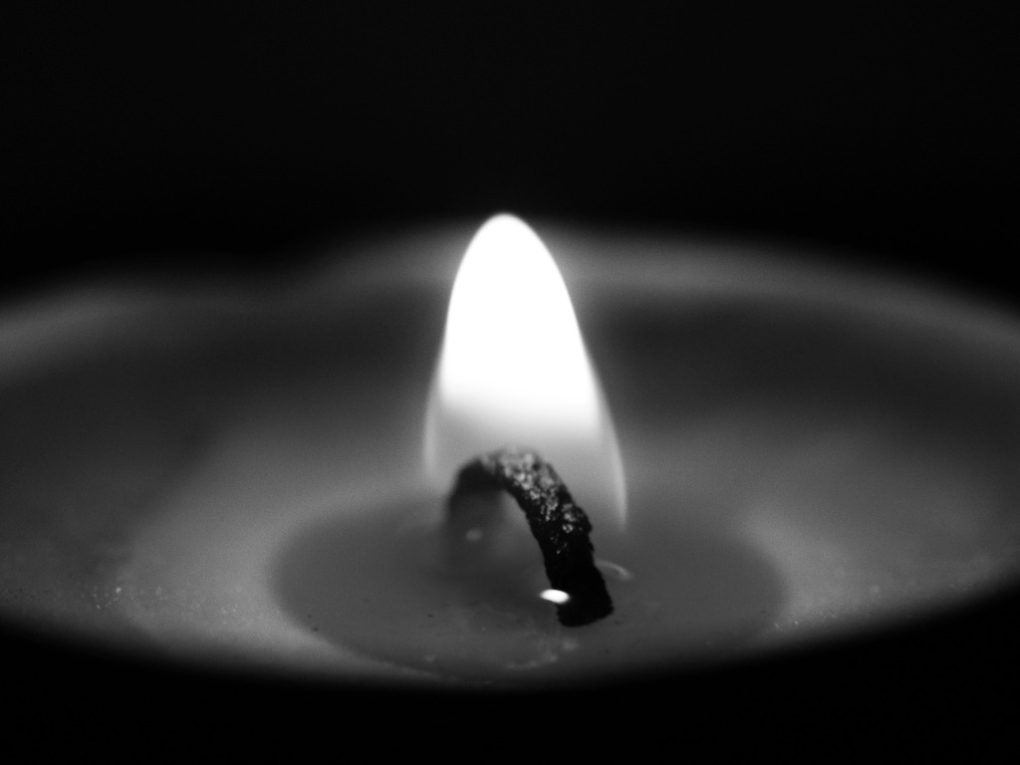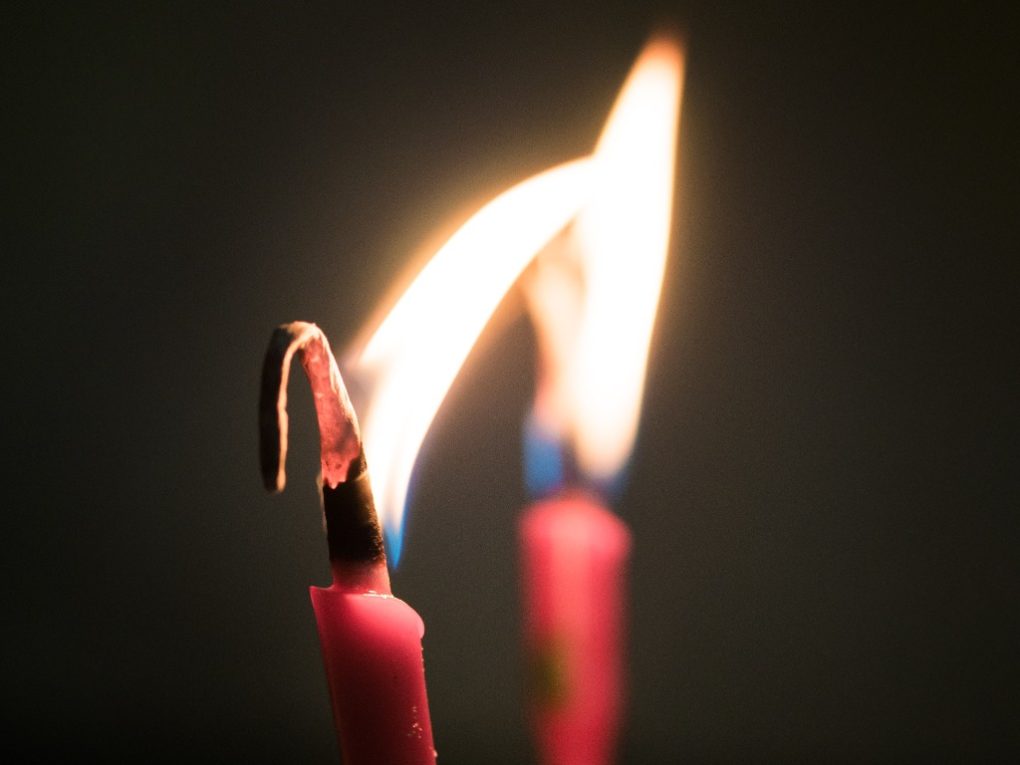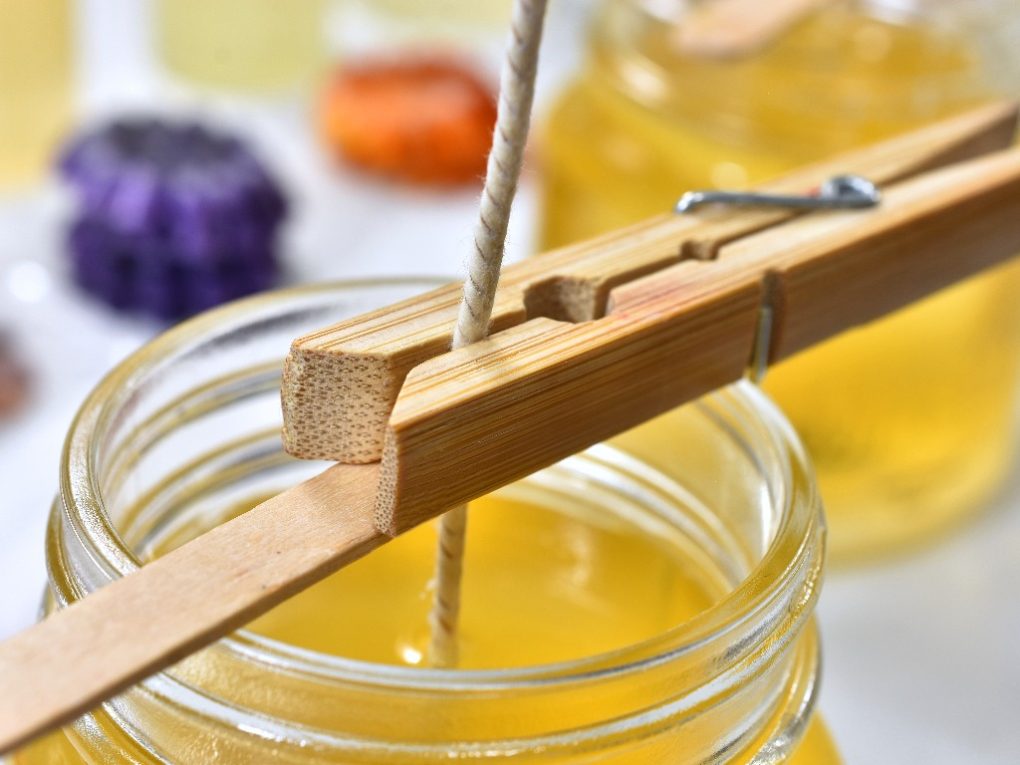Why Candle Wicks Curl and How to Prevent It: A Comprehensive Guide
One of the most common causes is to ensure that the wick burns evenly and does not develop carbon formations known as mushrooming. Some candle wicks are also designed to be self-trimming and curl as they burn to prevent the flame from becoming too tall, and if the candle burns unevenly, it can cause the wick to shift and curl.


Understanding why candle wicks curl is essential for anyone who enjoys burning candles. It can help individuals choose the right type of candle for their needs and ensure they get the most out of their candle-burning experience. In the following sections, we will explore why candle wicks curl and what it means for the candle’s performance.
Causes Candle Wicks to Curl
Candlewick curling can be a frustrating experience for candle makers and enthusiasts alike. Several factors can contribute to this issue, including:
Using the Wrong Wick Size
One of the most common causes of candle wick curling is using the wrong size wick for the candle. If the wick is too small, it cannot draw enough wax to create a consistent flame. On the other hand, if the wick is too large, it will create a too-big flame that can cause the wax to melt unevenly. Therefore, choosing the correct wick size for the type of candle being made is important.
Using the Wrong Wax Type
The type of wax used can also contribute to wick curling. Some waxes are more prone to creating soot and carbon buildup, which can cause the wick to curl. Soy wax, for example, is known for producing more soot than other types of wax. Therefore, it is important to choose a wax compatible with the chosen wick and follow the manufacturer’s recommendations for use.
Using the Wrong Additives
If additives, such as fragrance oils or dyes, are not used properly, they can also contribute to wick curling. Overuse of fragrance oils can cause the wax to become too soft, which can cause the wick to curl. Therefore, following the manufacturer’s recommendations for the number of additives to use is important.
Pouring Temperature
The temperature at which the wax is poured can also affect wick curling. If the wax is poured at too high a temperature, it can cause the wick to curl. Therefore, following the manufacturer’s recommendations for pouring temperature is important.
Drafts and Airflow
Drafts and airflow can also affect wick curling, according to Three Foragers. If the candle is placed in an area with too much airflow, it can cause the flame to flicker and the wick to curl. Therefore, placing the candle in an area with minimal airflow is important.


Storage Conditions
Based on experience, storage conditions can also contribute to wick curling. For example, storing the candle in an area with high humidity can cause the wick to absorb moisture and curl; therefore, storing candles in a cool, dry place is important.
Tips to Fix Curling Candle Wicks
Trimming the Wick
One of the easiest ways to fix a curling candle wick is to trim it regularly. Keep the wick trimmed to about 1/4 of an inch. If the wick is trimmed to its minimum allowable length, it will have trouble curling. Instead, use scissors or a wick trimmer to trim the wick before each use. This will help the candle burn evenly and prevent the wick from curling and mushrooming.
Re-Pouring the Candle
If the candle wick is curling because of a large wick or a problem with the wax, you may need to re-pour the candle. Start by melting the wax and removing the old wick. Then, choose a new wick that is appropriate for the size and shape of the candle. Then, pour the melted wax into the candle container and insert the new wick. Finally, let the candle cool and solidify before lighting it.
Using a Wick Holder
A wick holder can help keep the wick straight and prevent it from curling. A wick holder is a small metal or plastic device that clips onto the wick and holds it in place. Place the wick holder on the top of the candle container and adjust the wick to be straight and centered. Pour the wax into the container and let it cool. Remove the wick holder before lighting the candle.


Adjusting the Pouring Temperature
The temperature of the wax, when it is poured, can affect the way the candle burns and the way the wick behaves. If the wax is too hot, it can cause the wick to curl and mushroom. If the wax is too cold, it can cause the candle to burn unevenly.
Experiment with different pouring temperatures to find the best temperature for your candle. Generally, the ideal pouring temperature for most candles is between 135-145 degrees Fahrenheit.
Preventing Curling Candle Wicks
Choosing the Right Wick Size
One of the main reasons why candle wicks curl is because they are too long. To prevent this from happening, it is important to choose the right wick size for your candle. The size of the wick you choose will depend on the diameter of your candle. It is recommended to use a wick that is no larger than the diameter of your candle. Using a too-large wick will create a larger flame, which can cause the wick to curl.
Using the Right Wax Type
The type of wax you use can also affect the curling of your candle wick. Some types of wax are more prone to causing wick curling than others. For example, soy wax is known to cause wick curling more than other types of wax. For example, if you are experiencing wick curling with soy wax candles, try using a different type of wax, such as beeswax or paraffin wax.
Avoiding Drafts and Airflow
Drafts and airflow can also cause candle wicks to curl. When a candle burns, it creates a small amount of heat that can cause air to move around it. A draft or airflow in the room can cause the flame to flicker, which can cause the wick to curl. To prevent this from happening, it is important to burn your candles in an area where there is no draft or airflow. You should also avoid placing your candles near open windows or doors.
Storing Candles Properly
How you store your candles can also affect the curling of your wicks. If you store your candles in an area that is too warm, the wax can melt and cause the wick to curl. It is important to store your candles in a cool, dry place where they will not be exposed to heat or sunlight. It would help to store your candles upright to prevent the wick from bending or curling.
